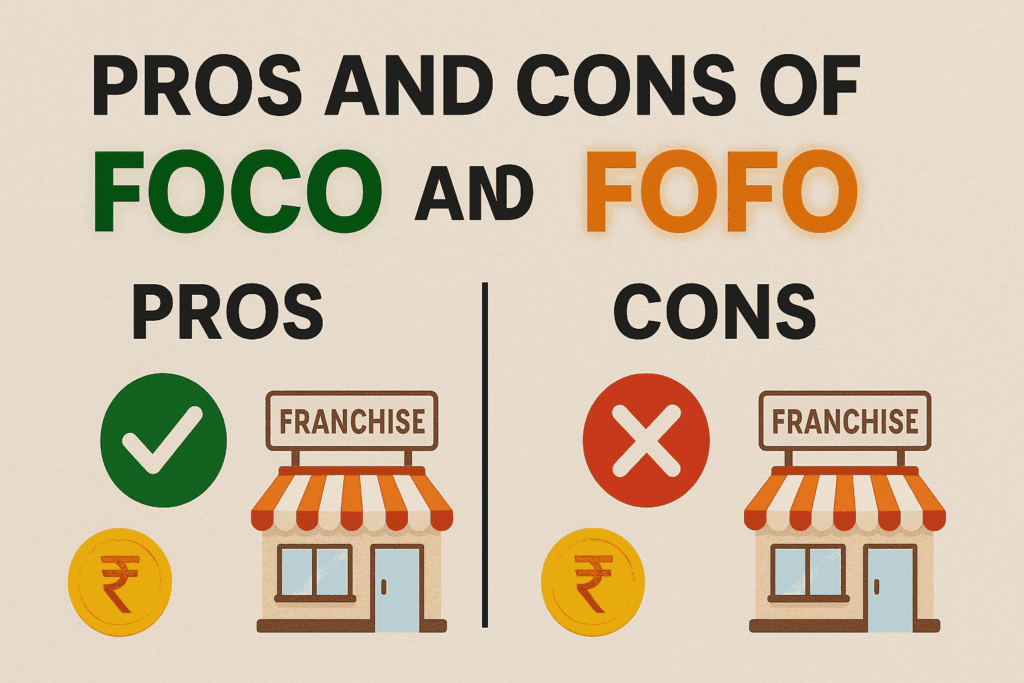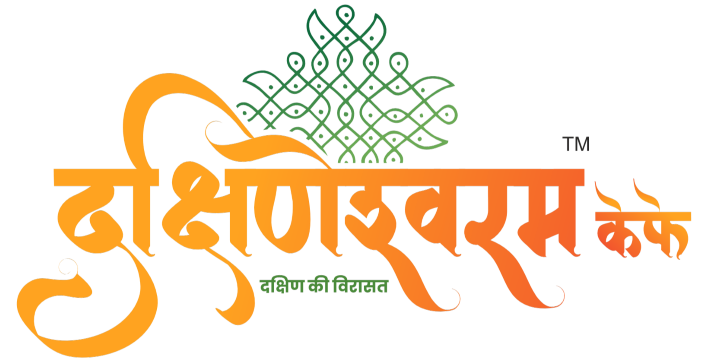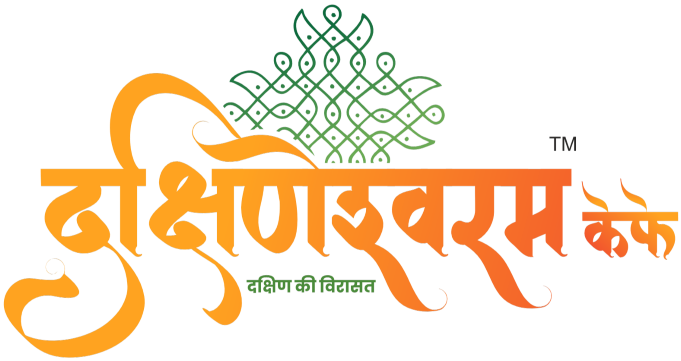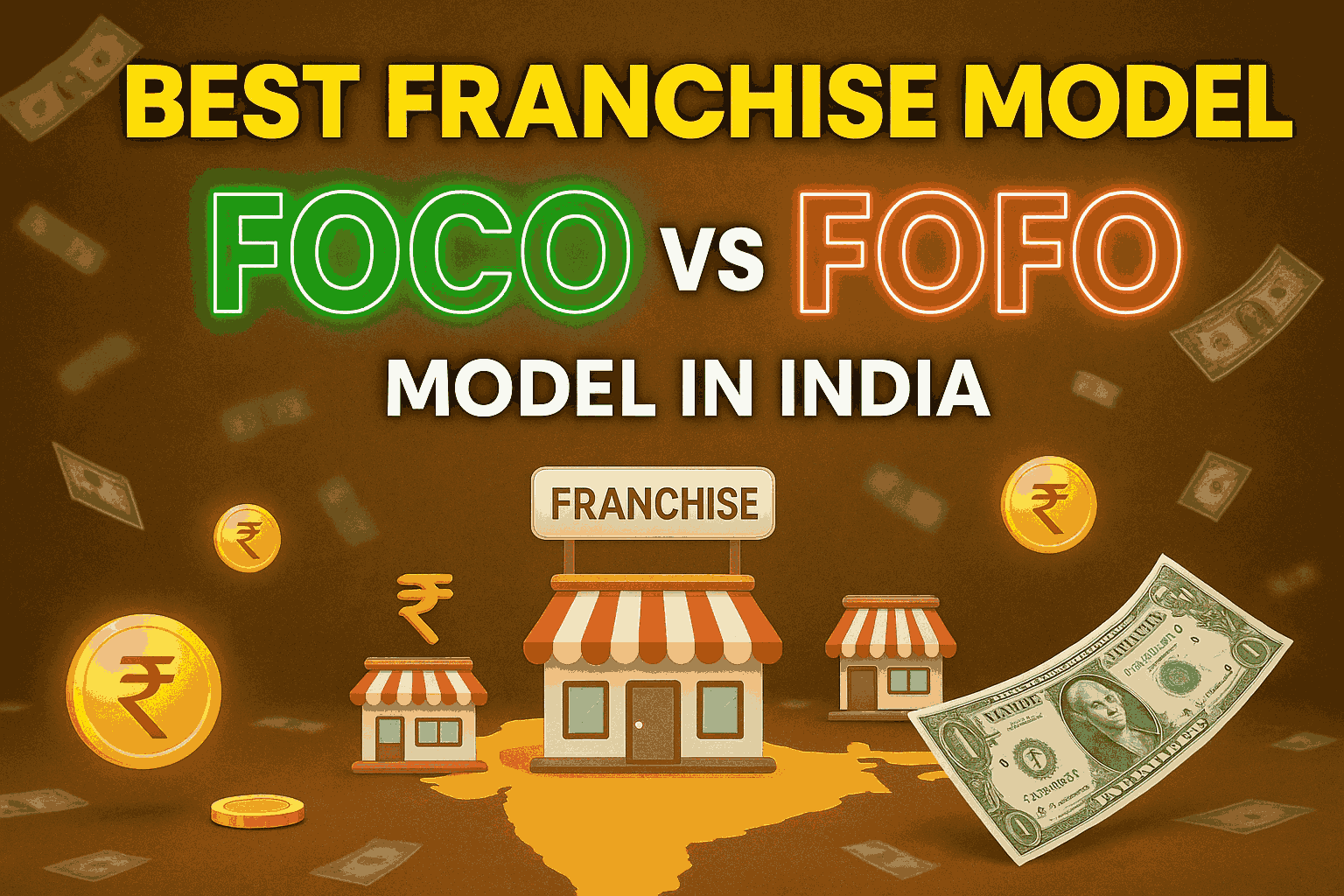Franchising has become one of the fastest-growing business trends in India, especially in the food and beverage sector. With more Indians dining out, ordering online, and experimenting with regional cuisines, the demand for food franchises is at an all-time high. But for aspiring entrepreneurs, one key decision often arises: FOCO vs FOFO – which franchise model is right in India?
Both models—FOCO (Franchise Owned, Company Operated) and FOFO (Franchise Owned, Franchise Operated)—have unique advantages. Choosing the right one depends on your goals, level of involvement, and risk appetite.
This blog will break down FOCO vs FOFO in detail, explore their pros and cons, and share case studies so you can decide which model is best for you.
What is Franchising in India?
Franchising is a business arrangement where the franchisor (brand owner) allows the franchisee (entrepreneur) to use its brand, menu, and systems in exchange for fees and royalties.
Key terms:
- Franchisor – Brand owner who provides systems, training, and rights.
- Franchisee – An Entrepreneur who invests and manages the outlet.
- Franchise Fee – Initial payment for brand rights.
- Royalty – Ongoing share of revenue or profit paid to the franchisor.
With India’s franchise market growing at 30–35% annually and food being the largest contributor, it’s no surprise that food franchise opportunities are among the most profitable in India today.

What is the FOCO Model?
FOCO stands for Franchise Owned, Company Operated.
- Ownership: The franchisee invests in setting up the outlet—property, interiors, and equipment.
- Operations: The company takes full responsibility for running day-to-day operations, including staff, service, and management.
- Returns: The franchisee earns a fixed share of revenue or profit from the business.
Pros of FOCO
- Passive investment for entrepreneurs who don’t want daily involvement.
- The company ensures professional management, reducing operational risks.
- Predictable, stable returns with minimal effort from franchisees.
Cons of FOCO
- Franchisees have little to no control over operations.
- Returns are capped and often lower than FOFO.
- No direct customer interaction or entrepreneurial learning.
Best for: Passive investors, corporate professionals, or those looking for steady but limited returns.
What is the FOFO Model?
FOFO stands for Franchise Owned, Franchise Operated.
- Ownership: The franchisee invests in the outlet, infrastructure, and interiors.
- Operations: The franchisee independently runs the business while following the brand’s training, guidelines, and systems.
- Returns: The franchisee keeps full profits, after paying a royalty or agreed share to the franchisor.
Pros of FOFO
- Franchisees enjoy complete operational control.
- Higher profitability potential compared to FOCO.
- Stronger customer relationships through local ownership.
- Ability to adapt to local preferences and market trends.
Cons of FOFO
- Requires hands-on involvement and time commitment.
- Daily responsibility for staff, service, and operations.
- Business success depends heavily on the franchisee’s management skills.
Best for: Entrepreneurs who want control, higher profits, and an active role in business growth.
FOCO vs FOFO: Key Differences
| Aspect | FOCO Model | FOFO Model |
| Ownership | Franchisee owns the outlet | Franchisee owns the outlet |
| Operations | Company operates a daily business | Franchisee operates a daily business |
| Control | Controlled by the company | Controlled by the franchisee |
| Profit | Fixed share of revenue | Full profit after royalty |
| Risk | Low for franchisee | Higher for franchisee |
| Best For | Passive investors | Active entrepreneurs |
This shows the main contrast: FOCO suits investors; FOFO suits entrepreneurs.
Pros and Cons of Each Model
FOCO Model
Pros:
- Minimal involvement needed.
- Professional management by company.
- Steady and predictable income.
Cons:
- Limited profitability potential.
- No control over operations.
- Lacks entrepreneurial experience.
FOFO Model
Pros:
- Higher profits due to ownership control.
- Direct customer relationships build stronger brand loyalty.
- Greater flexibility in managing staff and operations.
Cons:
- Requires active involvement.
- Higher risk if operations are mismanaged.
- More responsibility for success or failure.
FOFO Case Studies
Case Study 1: A Premium Dine-In Brand
A well-known restaurant chain where franchise partners manage operations independently while receiving structured branding, training, and marketing support from the company.
- Franchise owners operate their outlets with independence while following established business guidelines to ensure consistent customer experiences and service quality.
- The company provides franchisees with operational training, branding tools, and marketing strategies, ensuring professional guidance and long-term business stability.
- Franchisees benefit from higher profit margins as they directly manage costs, staffing, and service quality in alignment with customer expectations.
- Local ownership enables franchise partners to adapt offerings to neighbourhood preferences, creating stronger community connections and repeat customer loyalty.
Case Study 2: Dakshineswaram Kafe – A South Indian food Concept
Dakshineswaram Kafe is a fast-growing South Indian food franchise brand delivering authentic flavours and modern dining experiences through independent franchise partner ownership and operations.
- Franchise partners invest, own, and manage their Dakshineswaram Kafe outlets while receiving extensive training, operational guidance, and long-term brand support.
- Local entrepreneurs strengthen customer relationships by personally managing service quality, staff performance, and overall dining experiences in their Dakshineswaram Kafe outlets.
- The FOFO model at Dakshineswaram Kafe allows franchisees full control over profitability, operational decisions, and customer service strategies.
- Dakshineswaram Kafe supports partners with authentic menus, strong branding, consistent supply chains, and marketing resources to ensure success across all franchise locations.
Why FOFO Works Best in India’s Food Industry
In India, food businesses thrive when owners are directly involved. Customers prefer restaurants and cafés where local entrepreneurs ensure consistent quality, service, and cultural connection.
The FOFO model works better because:
- Local adaptability – Owners can tailor services to suit regional tastes.
- Higher profitability – Profits aren’t capped, encouraging franchisees to grow faster.
- Customer trust – Hands-on ownership builds stronger relationships and loyalty.
- Entrepreneurial empowerment – Franchisees gain business experience and growth opportunities.
Steps to Start a FOFO Franchise in India
If you’re ready to explore FOFO opportunities, here’s how most brands support new franchisees:
- Application & Evaluation – Share your interest, and the franchisor evaluates your profile.
- Location Selection – Expert guidance for choosing high-potential locations.
- Agreement Signing – Transparent contracts and fee structures.
- Training Program – Comprehensive training in operations, customer service, and branding.
- Setup & Interiors – Guidance on kitchen setup, interiors, and branding assets.
- Grand Opening – Marketing campaigns and promotional events to launch successfully.
Why Choose Dakshineswaram Kafe’s FOFO Franchise Model
If you’re exploring FOCO vs FOFO and leaning toward FOFO, the next big question is which brand to partner with. Among many food franchise opportunities in India, Dakshineswaram Kafe stands out as one of the best South Indian food franchises because it combines authenticity with a strong business model.
Here’s why entrepreneurs choose Dakshineswaram Kafe’s FOFO franchise model:
- Authentic South Indian Cuisine: Dakshineswaram Kafe offers an extensive menu of dosas, idlis, vadas, rice varieties, and filter coffee, ensuring evergreen demand and customer loyalty.
- Higher Profitability with FOFO Control: Franchisees manage operations independently, giving them greater flexibility, control over expenses, and the ability to maximise profits without capped returns.
- Strong Training and Operational Support: From staff training to kitchen setup and daily operations, Dakshineswaram Kafe equips franchise partners with the knowledge to run outlets smoothly.
- Marketing and Branding Assistance: Entrepreneurs benefit from ready-made marketing campaigns, branding resources, and digital strategies, helping them attract customers from day one.
- Reliable Supply Chain Network: Centralised procurement of authentic ingredients ensures consistency in taste, reduces costs, and avoids supply-related business disruptions.
- Scalability for Multi-Unit Ownership: Once successful, franchisees can expand to multiple outlets, creating long-term growth opportunities under a trusted brand name.
By choosing Dakshineswaram Kafe’s FOFO franchise model, entrepreneurs don’t just invest in a restaurant—they join a community-driven brand offering authentic South Indian flavours and profitable business systems.
Final Thoughts
When it comes to FOCO vs FOFO, the decision depends on your goals. If you want a passive income model with limited involvement, FOCO is suitable. But if you’re an entrepreneur looking for control, growth, and higher profits, FOFO is the smarter choice—especially in India’s competitive food sector.
If you’re looking for one of the best South Indian food franchise opportunities in India, Dakshineswaram Kafe’s FOFO franchise model is the perfect choice. It empowers you to run your outlet independently while benefiting from authentic menus, strong training, and comprehensive brand support.
Contact us today and explore how you can bring the rich flavours of South Indian cuisine to your city with a profitable FOFO franchise model.
FAQs
1. What is the difference between FOCO and FOFO franchise models?
FOCO (Franchise Owned, Company Operated) means the investor owns the outlet, but the company manages it. FOFO (Franchise Owned, Franchise Operated) gives ownership and operational control to the franchise partner.
2. Which model is better for beginners – FOCO or FOFO?
For passive investors, FOCO is safer with limited risks. For entrepreneurs seeking control and higher profits, FOFO is better as it allows direct customer interaction and independent decision-making.
3. Is FOCO profitable in the Indian food industry?
FOCO ensures a stable income, but profits are capped. It’s suitable for investors wanting predictable returns without daily involvement, though it may not provide the high profitability potential of FOFO.
4. Why is FOFO more popular in the food business?
FOFO gives franchisees complete control, higher profit potential, and stronger customer relationships. In India’s food sector, hands-on ownership ensures better service quality, local adaptability, and long-term customer loyalty.
5. Who should choose the FOCO model?
The FOCO model is ideal for corporate professionals, investors, or busy individuals who prefer passive income without actively managing staff, operations, or customer service.
6. Who should choose the FOFO model?
The FOFO model suits entrepreneurs who want full ownership, greater profitability, and active involvement in day-to-day operations, making it perfect for passionate food business owners.
7. Which is the best FOFO franchise option in India?
Several brands offer FOFO models, but South Indian café concepts are highly profitable. Dakshineswaram Kafe is among the best opportunities, offering authentic menus, strong support, and scalable business growth.


